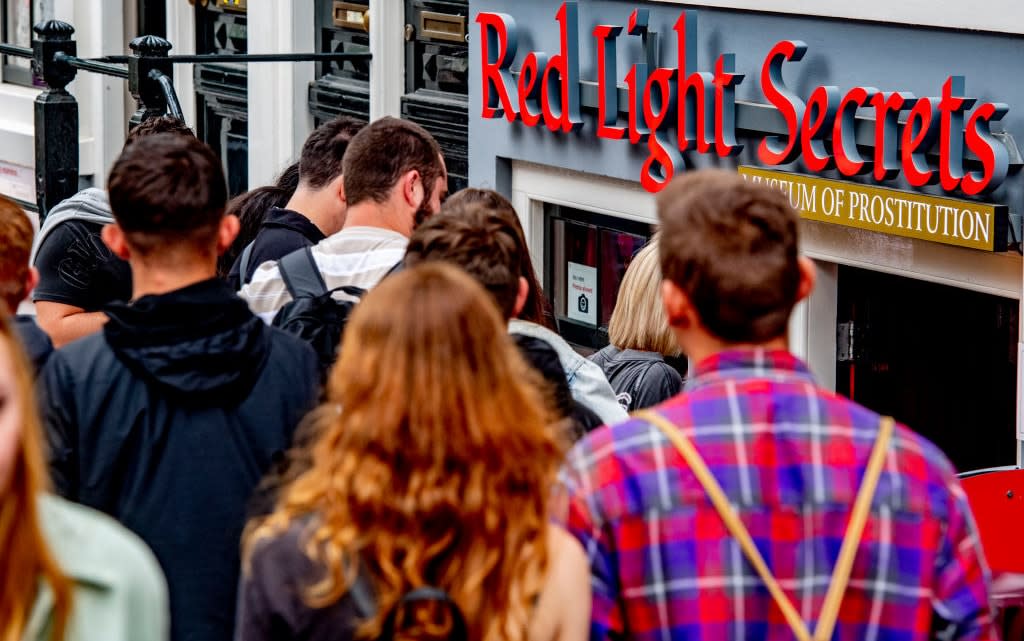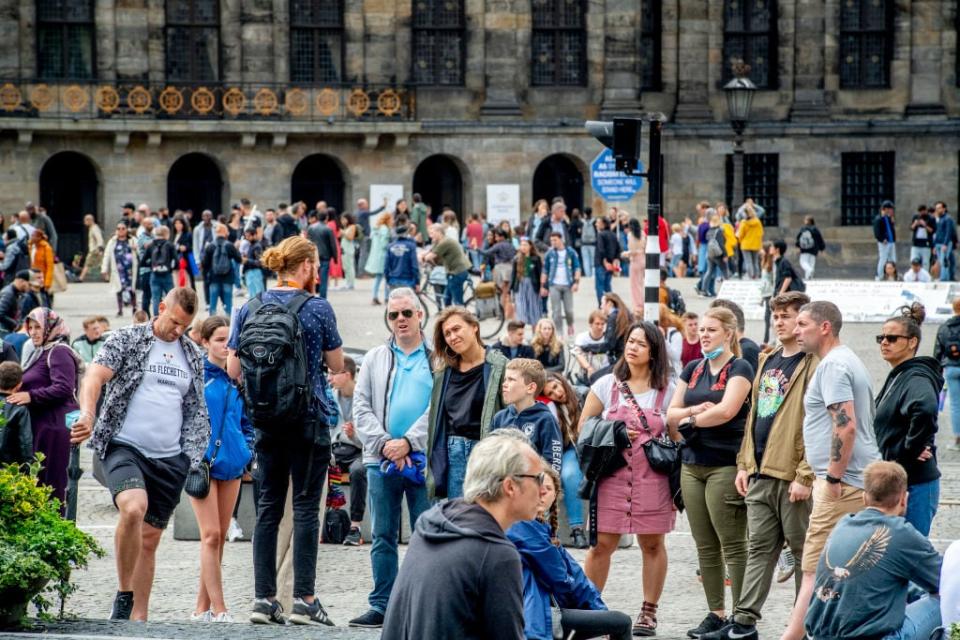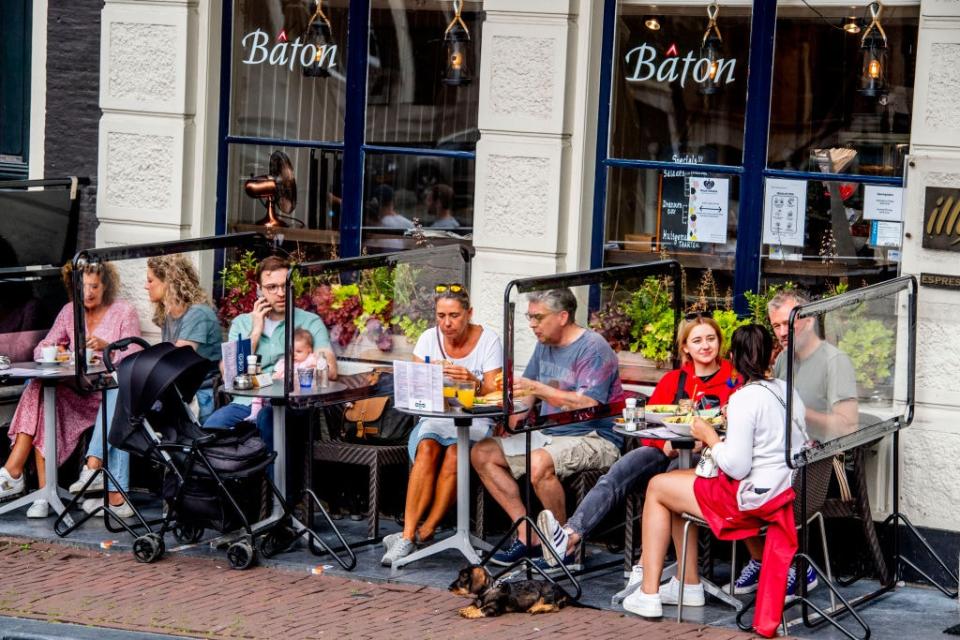Here in Amsterdam, the stoners and boozers are back – much to the annoyance of locals

The reopening of borders and the lifting of lockdown restrictions has brought a surge of visitors back to Amsterdam. Hotels are shaking the dust off their duvets, restaurant chefs are firing up cookers, and cafés are laying tables out on their terraces (albeit 1.5 metres apart).
Visitors are streaming back into town. In parts of the Dutch capital over recent weekends, numbers in the streets topped 60 per cent of their pre-Covid levels.
People seeking distraction form the largest proportion of those out and about: young people arriving across the borders by car to party, day-trippers coming to shop, and staycationers weary of lockdown isolation.
This week would have seen Amsterdam’s Gay Pride Festival, culminating in the famed canal parade on Saturday. That has been cancelled, but there are a few residual events on – and people may well go out anyway, in a spirit of what might have been.
What Amsterdammers are beginning to term ‘good-time tourism’ means that while many parts of town (such as museums) remain quiet, some quarters – the Dam (Amsterdam’s main city square), the Red Light District, Kalverstraat shopping street, and nightlife hotspots around Leidseplein and Rembrandtplein – become too crowded for comfort, especially over weekends.

In compact Amsterdam, with its slim pavements, narrow alleys and so much space taken up by canals, social distancing can be all but impossible. Café and restaurant owners are by and large adhering to Covid regulations (they face a €4,000 fine for violations). But it must be frustrating to diligently enforce the rules on your terrace when a few feet away the street is teeming with people ignoring them.
Although there is as yet no indication that the crowds in the city centre are causing a local Covid outbreak, there is growing public concern about the potential for spreading the virus and Amsterdam authorities have acted in an attempt to control the situation.

If the Red Light District becomes too crowded, areas are closed off to visitors. Access is also limited to the Kalverstraat shopping street when it becomes too busy, and it may be closed in extreme cases. There is a proposal to make masks mandatory on Kalverstraat (at the moment they are only obligatory on public transport). Mobile electric signs and messages on Facebook and Twitter warn people off crowded areas, and the city has begun a social media campaign to discourage weekend visitors.
The sale of alcohol from shops has been banned in the Red Light District; the roaming reveller with a joint and can of beer is seen as one of the greatest disrupters of social distancing. Street performers have also been prohibited in the city centre, because of the crowds they gather. There is also talk of closing hash ‘coffeeshops’ in the Red Light District, and moving sex workers out of town, though that would require central government legislation. In the meantime, the most effective deterrent to crowded streets has been the dismal summer weather.


